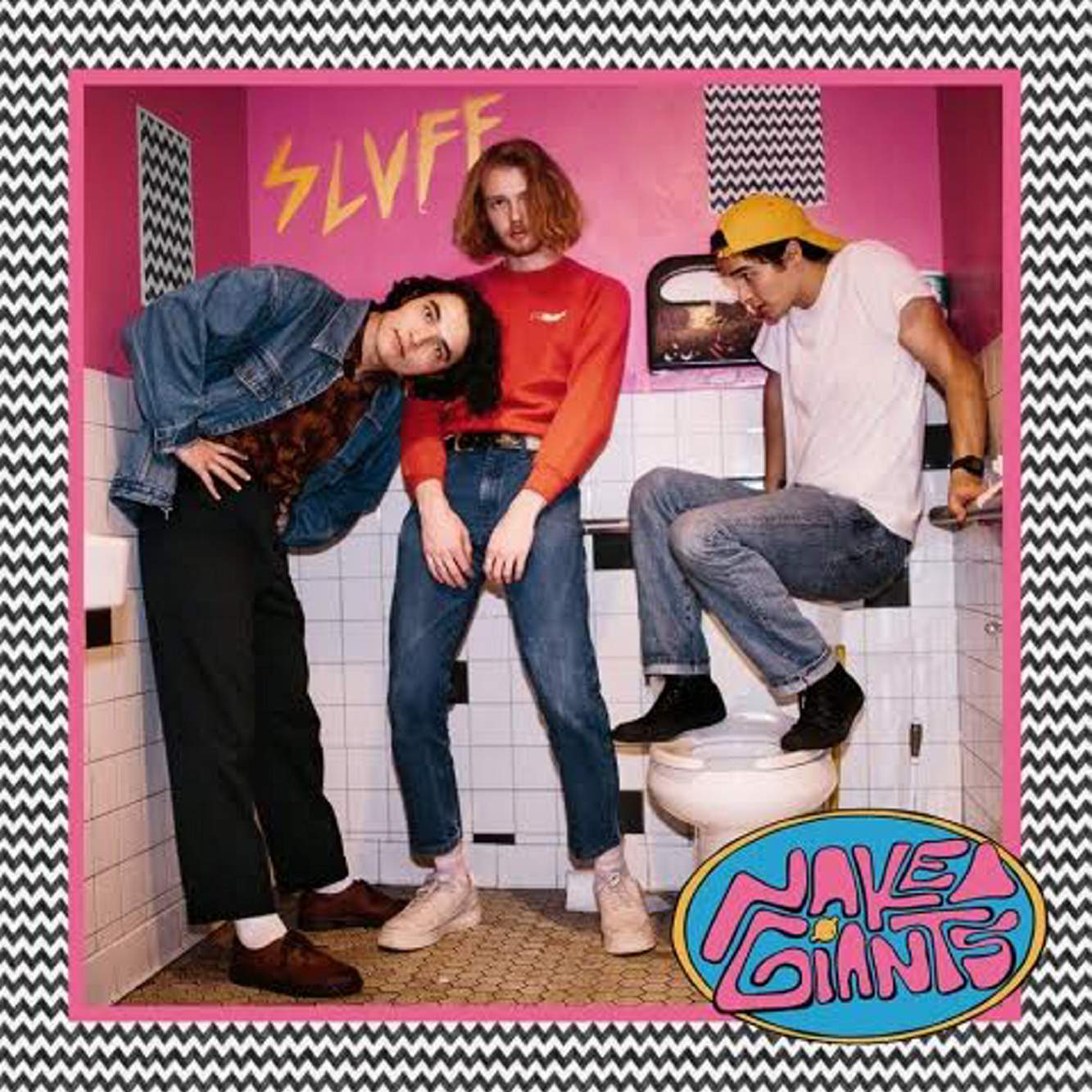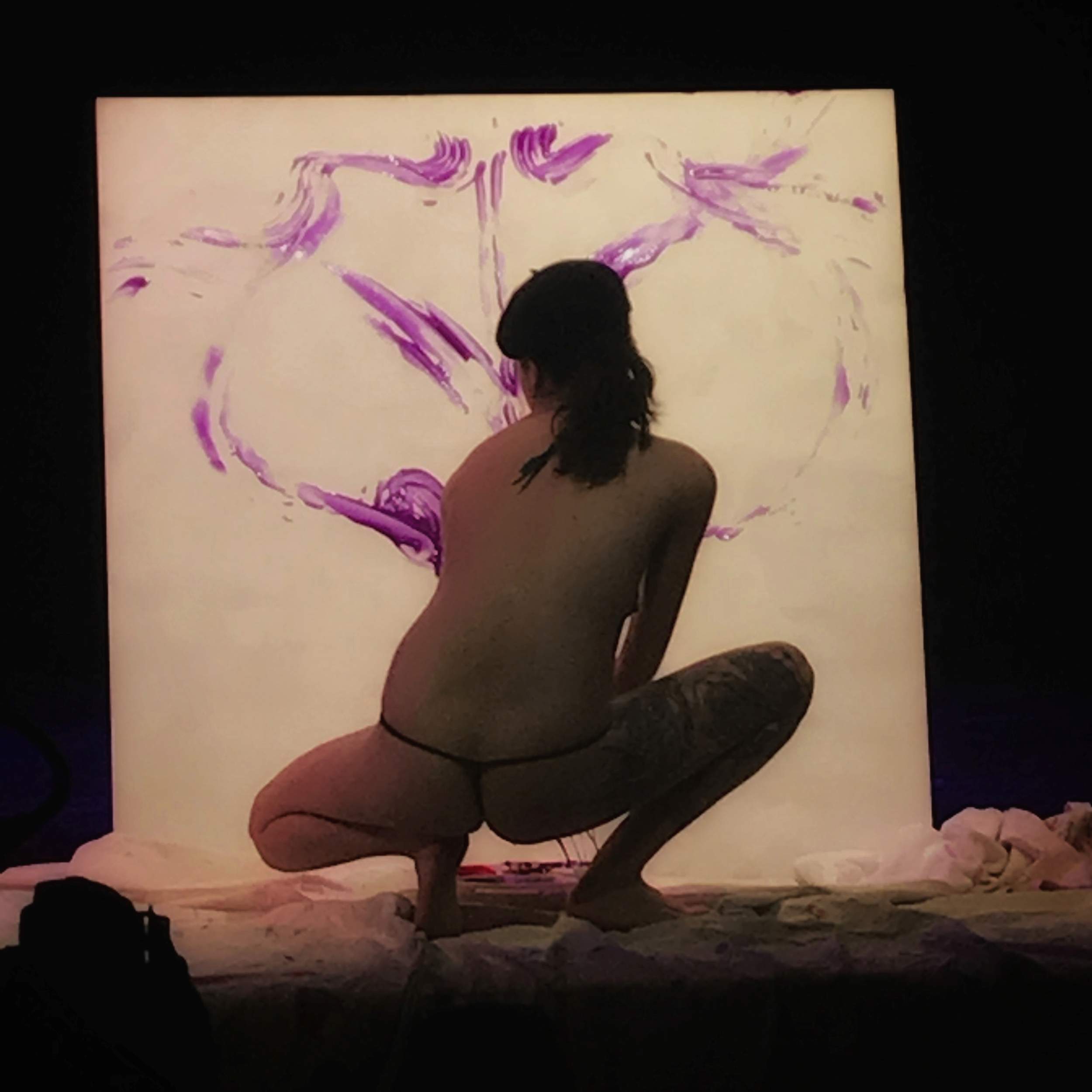Let’s take a look at the fascinating story of the most influential tailor you’ve never heard of, Dapper Dan of Harlem.
In Dan’s 125th Street New York boutique, the designer and his team of Senegalese seamsters made ground-breaking clothing styles for rappers, athletes, drug dealers and assorted hustlers of the early ’80s. Dapper Dan appropriated imagery exclusive to the luxury garment market and released it guerrilla-style onto the streets to make what he described in a 1989 “New York Magazine” article as a “macho type of ethnic ghetto clothing.”
What this means is that Dapper Dan ripped off the unmistakable logos of couture fashion houses like Louis Vuitton, Gucci, Versace and Fendi, invented a proprietary leather screen-printing process and printed material with these trademarked logos on it to use for his own clothing designs. “Dap” used the printed leathers along with exotic furs and trims to make the deep, “snorkel”-hooded coats with hidden pockets, matching leather pants and jacket sets, women’s puffy-sleeved coats and more that were to become signature looks and silhouettes of early hip-hop, and of luxe ’80s fashion in general, too.
In the late ’80s, logos were huge in fashion worldwide and were emblazoned across everything wearable. Dan’s cutting-edge (and slightly dubious) idea was to bring the exclusive status-symbol logos of the luxury houses like Louis Vuitton to his own original designs – Dapper Dan calls his clothing “knockups” instead of “knockoffs.” The designer explained in a 2015 “NY Magazine” interview that wearing a logo appealed to people because “It signifies status, and money, which go hand in hand. The thing is, you can have the status but nobody will know you don’t have the money. So that’s what gives it such an impact in your look.”
I abhor logos on clothing and am generally not OK with an artist’s or designer’s ideas and imagery being stolen BUT adore and can identify with Dan’s twists on the situation: bringing his customers what they want by any means necessary, gray-area illegality, the siphoning of the earmarks of what WAS an exclusive culture from the “high class,” artistic appropriation of the pre-existing into an entirely new form AND influencing an entire music genre!
This appropriation is even more deviously brilliant in relation to hip-hop because it is exactly what this brand new genre itself was heading toward musically with the ground-breaking, albeit controversial, use of sampling. Dan was sampling the imagery of other designers just like rappers sampled other musicians’ beats and made something new and influential.
Dan told “NY Magazine” in 2015 that still considered his designs original, even with the purloined logos, because he was designing cutting-edge garments that the luxury houses would never have thought of or made themselves. This comment also seems to be a logical defense of music sampling itself.
People loved Dapper Dan’s clothes. His boutique was open from 1982 till 1992, often 24 hours a day. He had a bodyguard out front and a variety of gangsters, musicians, athletes and hustlers, including Floyd Mayweather, Olympian Diane Dixon, Mike Tyson, L.L. Cool J, the Fat Boys, Salt n’ Pepa and others inside. Dapper Dan would make custom garments for celebrities but then would knock off his own design to make a similar piece for a regular guy or gangster wannabe, according to a 2013 “New Yorker” article.
But the luxury houses could not abide forever with this guerrilla appropriation of their imagery. The day of reckoning came when the people at Fendi spotted a newspaper photo of Dan wearing a coat with Fendi logos, that was, alas, not a Fendi (Mike Tyson was to blame!). A civil action against the boutique started, ending with a physical raid and seizure/confiscation on Dapper Dan’s Boutique by Fendi’s lawyers, including one Sonia Sotomayor (now-Supreme Court Justice). The raid sent Dan underground and his boutique closed soon afterwards.
Nonetheless, the garments Dapper Dan dared to make heavily influenced hip-hop street culture, its celebrities, anti-heroes and even the music itself. I place Dap in the pantheon of other influential designers who blurred the lines between music, fashion and art. Dap did for rap what designer Vivienne Westwood did in the ’70s for the punk scene in her London boutique called SEX.
If you are into hip-hop, its history, street style or fashion in general, Style Fetish urges you to learn more about the life and work of this influential and interesting character. Read Kelefa Sanneh’s excellent article “Harlem Chic” in the March 25, 2013, issue of the “New Yorker.” In October 2013, Jay Z’s website lifeandtimes.com posted a video interview with Dapper Dan as well.
Heather Narwid owns Sideshow, a vintage and modern clothing store for men and women established in Dolores in 2007. Sideshow is now located in Durango at 208 County Road 250 in the fabulous commerce corridor between Florida Road and 32nd Street. Sideshow is open Tuesdays through Saturdays from 10 a.m. till 6 p.m.













